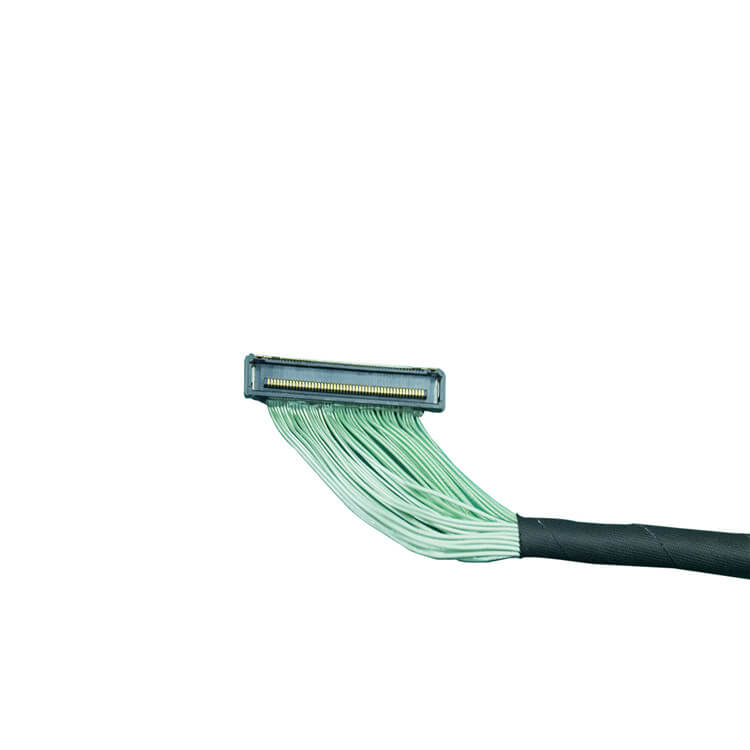High-frequency applications, such as telecommunications, medical devices, and aerospace systems, demand cables that can transmit signals with minimal loss, interference, and distortion. One common question engineers and designers ask is: Can micro coaxial cables handle high-frequency signals effectively? The short answer is yes—but let’s dive deeper to understand why and how micro coaxial cables excel in these scenarios.
Micro coaxial cables (often called “micro coax”) are miniature versions of traditional coaxial cables. They consist of:
Their compact size (often less than 2mm in diameter) makes them ideal for space-constrained applications like smartphones, wearables, and IoT devices.
High-frequency signals (ranging from MHz to GHz) require cables with low signal loss, stable impedance, and strong EMI shielding. Here’s how micro coax meets these demands:
The dielectric material in micro coax minimizes energy loss, even at high frequencies. Advanced materials like PTFE (Teflon) or foam polyethylene ensure signals travel efficiently over long distances without degradation.
The metallic braid or foil in micro coax blocks external interference from nearby electronics, power lines, or radio waves. This is critical for high-frequency applications like 5G networks or radar systems, where even minor interference can disrupt performance.
Micro coax is designed with precise impedance values (e.g., 50Ω or 75Ω), which prevents signal reflections and ensures compatibility with high-frequency circuits. This stability is vital for applications like high-speed data transmission or RF (radio frequency) systems.
Despite their small size, micro coax cables are highly flexible and resistant to bending fatigue. This makes them suitable for moving parts in robotics, drones, or medical imaging equipment.

While micro coax is excellent for high frequencies, it’s not a one-size-fits-all solution:
Our factory offers high-quality products at competitive prices
OverviewMicro-Coax for HD Video is a cutting-edge coaxial cable engineered to deliver uncompromised high-definition video quality across professional and industrial applications. Designed for reliability, precision, and versatility,.
In LVDS (Low Voltage Differential Signaling) display systems, Micro-coaxial Cable (also referred to as Micro Coax Cable) stands out as an optimal solution for high-resolution, high-reliability signal transmission. Designed to meet the str.
Feel free to reach out to us for any inquiries or orders.